Nelore Cattle
- January 30, 2024
- 0 comment
Nelore cattle, a breed with deep roots in India, have become synonymous with resilience and adaptability, particularly in tropical and subtropical environments. Characterized by their distinctive hump, large droopy ears, and a predominantly white or light grey coat, these cattle are not only visually striking but also remarkably suited to harsh climates. The breed’s origin in the hot, humid regions of India has equipped it with an innate ability to thrive in similar conditions elsewhere, most notably in Brazil, where they form the backbone of the beef industry. Nelore cattle are primarily raised for their lean and high-quality beef, contributing significantly to the global meat market. Their hardiness extends to their diet, as they are known for their ability to sustain themselves on lower quality pastures, a trait that makes them particularly valuable in areas where feed resources are limited.
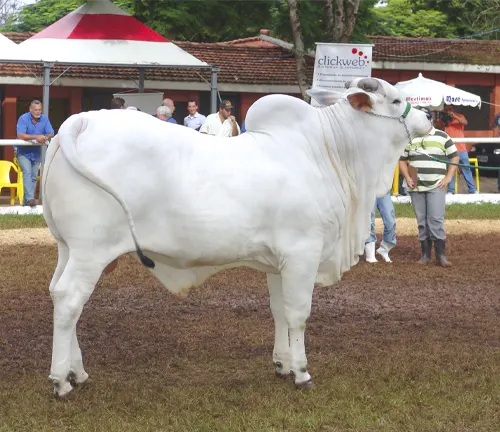
In terms of breeding, Nelore cattle are appreciated for their high fertility and ease of calving, aspects that enhance their appeal to cattle breeders and farmers. Despite their robust nature, they do require care to manage certain health issues common in tropical environments, such as parasitic infections. Over the years, their economic importance has grown, not just in agriculture but also in cultural contexts, where they often hold a place of significance in local traditions. As the world grapples with sustainable farming practices, Nelore cattle are increasingly recognized for their role in promoting sustainable agriculture, thanks to their low maintenance and environmental adaptability. Their future in cattle farming looks promising, with ongoing research and development aimed at improving their genetic traits and furthering sustainable breeding and farming practices.
| Specification | Details |
|---|---|
| Origin | India |
| Primary Use | Beef production |
| Coat Color | Predominantly white or light grey |
| Distinguishing Features | Large hump, long droopy ears |
| Climate Adaptability | Excellent in tropical and subtropical regions |
| Average Weight | Bulls: 800-1,100 kg (1,764-2,425 lbs); Cows: 450-550 kg (992-1,213 lbs) |
| Lifespan | 15-20 years |
| Breeding | High fertility, ease of calving |
| Diet | Primarily grasses, adaptable to lower quality pastures |
| Health Concerns | Susceptible to tropical diseases and parasitic infections |
| Economic Importance | Significant in global beef market, especially in Brazil |
| Cultural Significance | Holds value in local traditions in various regions |
| Sustainability Factor | Low maintenance, suitable for sustainable farming practices |
| Special Varieties | Nellore Mocho (Polled Nelore), Elite Nelore, Dwarf Nelore |
| Market Preference | Preferred for lean meat quality and efficient weight gain |
Nelore Cattle: The Sturdy and Economically Vital Breed
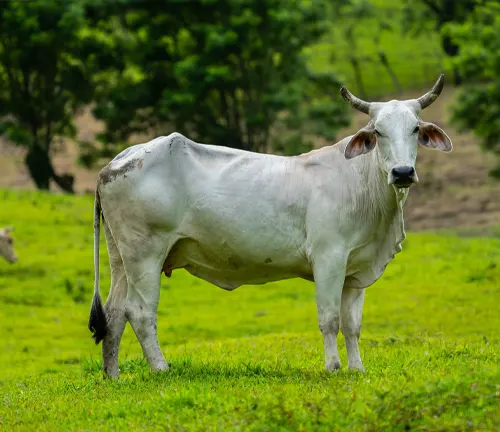
Nelore cattle, a breed synonymous with resilience and economic value, have a unique place in the global cattle industry. Originating from India, these cattle are known for their ability to thrive in harsh climates, making them a popular choice in tropical and sub-tropical regions.
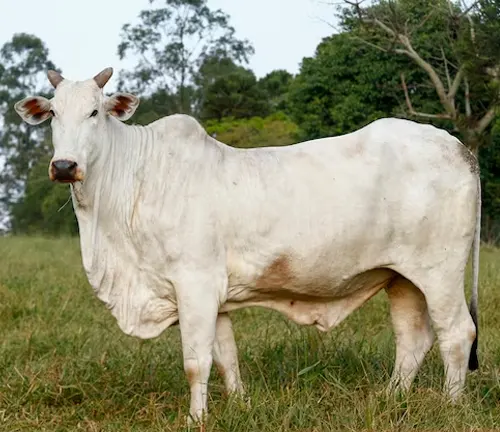
Physical Characteristics
Characterized by their distinctive hump, large droopy ears, and sleek white or light grey coat, Nelore cattle are both striking and robust. These physical traits not only contribute to their aesthetic appeal but also play a crucial role in their adaptability to hot environments.
Habitat and Environment
Nelore cattle are predominantly found in warmer climates. Their origin in India has equipped them to excel in similar environmental conditions found in parts of South America, particularly Brazil, where they are extensively farmed.


Diet and Nutrition
These cattle are not particularly fussy eaters. They primarily feed on grasses and can sustain themselves even on lower quality pastures. This dietary flexibility is a significant factor in their widespread use in varying agricultural contexts.
Breeding and Reproduction
Nelore cattle have a reputation for their fertility and ease of calving. Farmers value them for their breeding efficiency, which is a cornerstone of their economic viability.
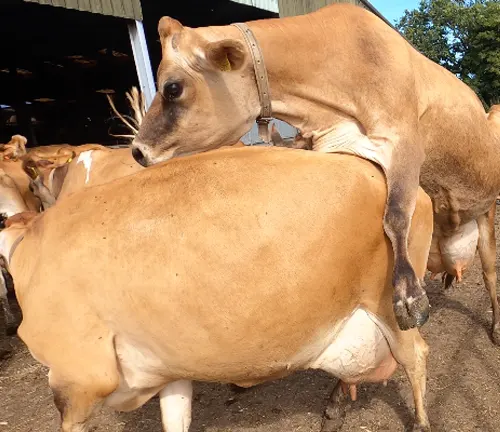
Health and Lifespan
While generally hardy, Nelore cattle can be prone to certain tropical diseases. However, with proper care and management, they can live up to 15-20 years, contributing significantly to their herd’s productivity over time.
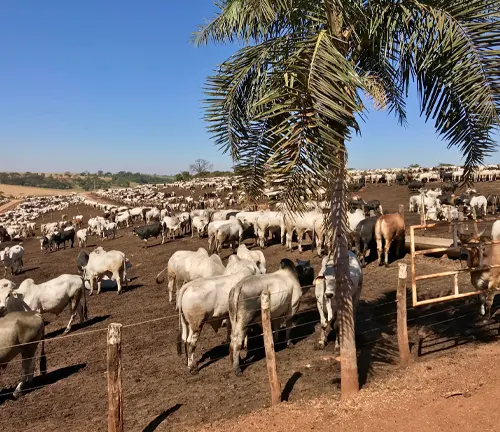
Economic Importance
In the realm of agriculture and meat production, Nelore cattle are a powerhouse. Their lean meat and high yield make them a preferred breed in the beef industry, particularly in Brazil, which is a leading exporter of beef globally.
Conservation and Sustainability
Despite their robust nature, the conservation of Nelore cattle aligns closely with sustainable farming practices. Ensuring their well-being and genetic diversity is crucial for the future of sustainable agriculture.
Cultural Significance
Beyond their economic value, Nelore cattle hold cultural importance in many regions. They are often associated with local traditions and practices, underlining their role beyond mere agricultural assets.
Modern Farming Techniques
Advancements in farming technology have positively impacted Nelore cattle rearing. From improved veterinary care to enhanced breeding techniques, modern practices have made farming these cattle more efficient and sustainable.
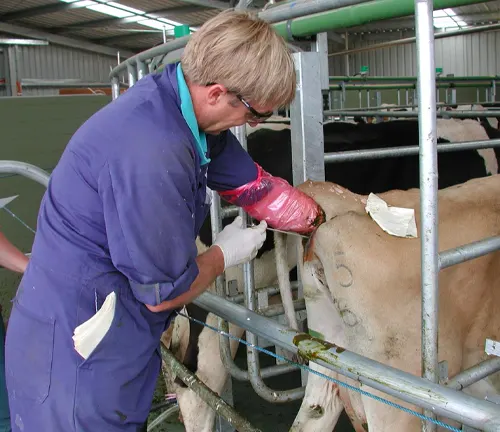
Challenges in Rearing Nelore Cattle
Despite their adaptability, rearing Nelore cattle comes with its challenges, including environmental stressors and fluctuating market demands. These challenges require constant innovation and adaptation by farmers.
Comparative Analysis with Other Breeds
When compared to other cattle breeds, Nelores stand out for their heat tolerance and low-maintenance nature. However, they may not be as suitable for colder climates or high-intensity dairy production.
Different Species
Traditional Nelore
This is the most common strain, known for its adaptability to tropical climates, disease resistance, and ability to thrive on sparse vegetation.

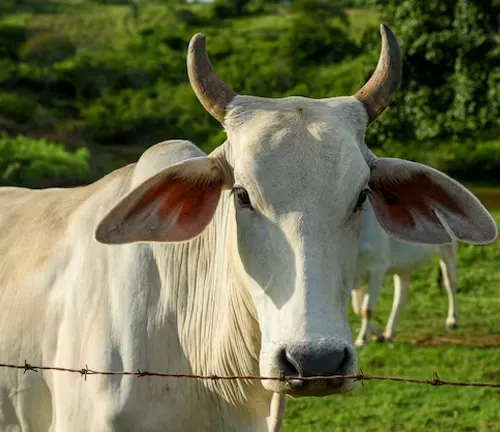
Nellore Mocho (Polled Nelore)
A naturally hornless or polled variant of the Nelore cattle. This trait is favored by some farmers to avoid the need for dehorning.
Elite Nelore
These are selectively bred for superior genetic traits, often resulting in better meat quality, higher growth rates, and improved overall performance.
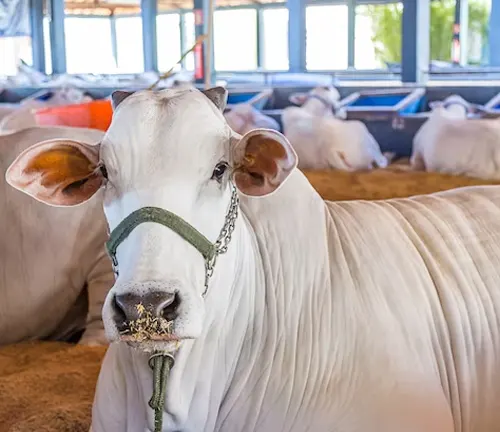
Frequently Asked Question (FAQs)
- What is the origin of Nelore cattle?
Nelore cattle originated from India and were brought to various parts of the world, notably to Brazil, where they became a prominent beef cattle breed. - What are the distinguishing features of Nelore cattle?
They are known for their large hump, long ears, and predominantly white or light grey coat. These features contribute to their adaptability to hot climates. - Why are Nelore cattle popular in tropical regions?
Their physical characteristics, such as a loose skin and a hump, help them tolerate high temperatures and humid conditions, making them ideal for tropical climates. - What is the primary use of Nelore cattle?
They are primarily raised for beef production, prized for their lean meat and efficient weight gain. - How do Nelore cattle adapt to different environments?
Nelore cattle have a strong immune system and a robust constitution, allowing them to adapt well to various environmental conditions, especially in tropical and subtropical areas. - What is the average lifespan of Nelore cattle?
Nelore cattle typically live between 15 to 20 years, depending on their health and living conditions. - Are Nelore cattle easy to breed?
Yes, they are known for their high fertility rates and ease of calving, making them a preferred choice for breeders. - What is the average weight of Nelore cattle?
Adult Nelore bulls can weigh between 800 to 1,100 kg (1,764 to 2,425 lbs), while cows usually weigh between 450 to 550 kg (992 to 1,213 lbs). - Can Nelore cattle be used for dairy production?
While primarily raised for beef, some Nelore cattle are used for milk production, but they are not as efficient as specialized dairy breeds. - How are Nelore cattle managed in farms?
They are often raised in pasture-based systems due to their ability to thrive on low-quality forage, but farm management practices can vary based on regional agriculture methods. - What are the main health concerns for Nelore cattle?
While generally hardy, they can be susceptible to parasitic infections and diseases common in tropical environments. - Is there a polled (hornless) variety of Nelore cattle?
Yes, there is a polled variant known as Nellore Mocho, which is gaining popularity for its ease of handling and welfare advantages. - How do Nelore cattle contribute to sustainable farming?
Their ability to thrive on low-quality forage and in harsh climates makes them a sustainable option for beef production in challenging environments. - What are the challenges in rearing Nelore cattle?
Challenges include managing their adaptability to extremely varied climates, maintaining genetic diversity, and addressing specific health issues related to tropical environments. - Are there any conservation efforts for Nelore cattle?
While not typically considered endangered, conservation efforts focus on maintaining genetic diversity and promoting sustainable breeding practices.




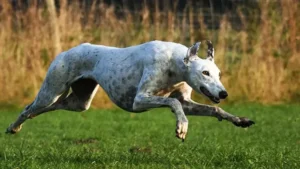

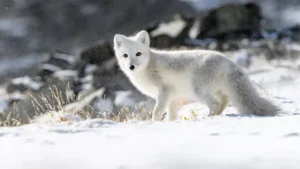

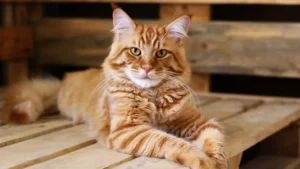
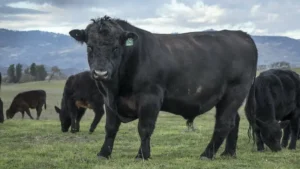
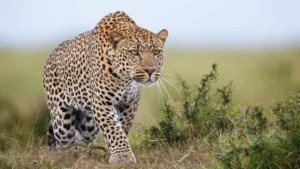
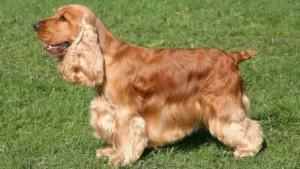

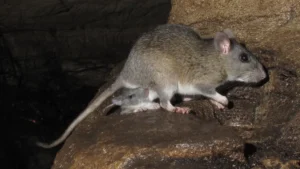
Leave your comment